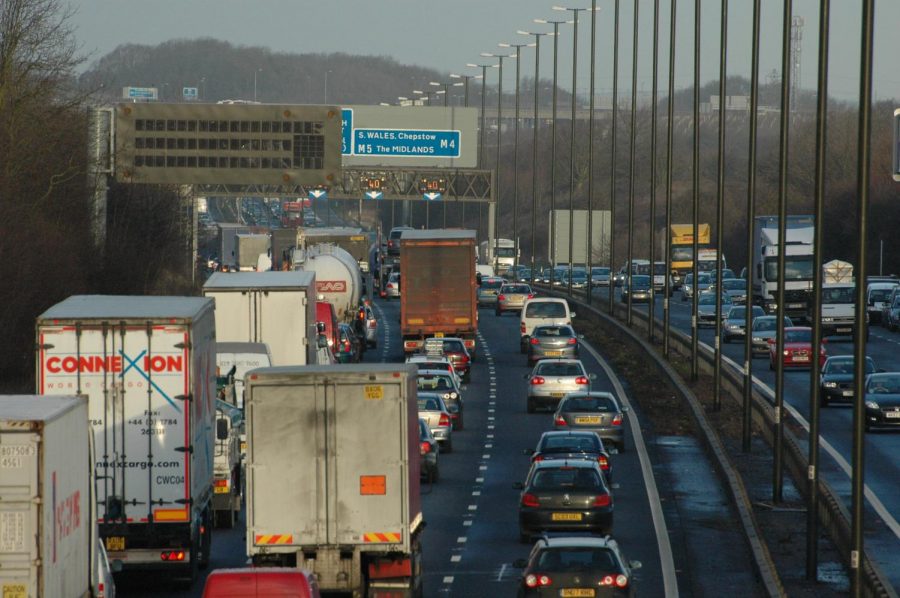The Promise of Congestion Pricing
By Sean Franklin
This week, New York City implemented a congestion pricing scheme for vehicles travelling south of 96th Street in Manhattan. For the uninitiated, congestion pricing is a policy that charges drivers for driving into a certain area – usually the central business district of a city, where traffic is the worst.
For now, the scheme only applies to for-hire vehicles – taxis, Uber, Lyft, Juno and the like. All for-hire vehicle trips that travel into the designated zone will incur a $2.75 surcharge. Gov. Andrew Cuomo’s congestion pricing plan also includes much higher surcharges on private vehicles and trucks, presumably to be implemented. The money collected from these changes could then potentially be used to fund improvements to the subway system, which we all know is in dire need.
The implementation of this policy drew predictable howls of condemnation from all corners. People were unsurprisingly upset that they had to pay more to drive around Manhattan. Taxi drivers were afraid that the tax would push away customers. However, complaints like these seem to miss the point. Congestion pricing is a terrific policy for New York City. Here’s why.
First, it will reduce traffic. Public goods, like roads, tend to be overused when they’re free. If people have to pay to drive in Manhattan, they will likely do it less often. This means fewer cars on the road, resulting in less traffic. Congestion pricing is the only proven way of reducing urban traffic – contrary to popular belief, building new roads actually makes traffic worse.
Cities in Europe, such as London and Stockholm, have implemented congestion pricing to great effect. In London, for example, the number of private cars entering the city center decreased 39 percent between 2002, when the charge was implemented, and 2014.
Congestion pricing is also a very progressive form of taxation. It offers much-needed funding for the subway without increasing the financial burden of the city’s lower or middle-class residents. It takes its revenue from people who drive in Manhattan, who tend to be wealthier than the average. Additionally, it uses the money to fund public transit, which benefits lower-income people.
Unlike raising subway fares, which disproportionately places the cost burden of subway improvements upon the city’s poorest, congestion pricing only affects those with the affluence to get around the island in a car. Furthermore, this will not affect middle-class outer-borough drivers who rely on automobile transportation. A study from the Tri-State Transportation Committee projected that only four percent of outer-borough drivers would be affected by the policy.
Finally, congestion pricing is a forward-thinking plan that will pay dividends both for the city’s mobility and for the environment. New York City is growing, and fast. In a region as dense as our own, using cars as the primary means of transportation is untenable. Manhattan was not, and never will be, built for cars. Public transit is the only practical way of keeping the city moving, and we need to make sure we design policy to promote it.
Public transit is also far better for the environment; is efficienc in that it uses far less energy per person than cars, and since it runs on electricity, eventually it has the potential to go carbon-free. New York City has already felt the effects of climate change with Hurricane Sandy’s flooding of the region in 2012. If we don’t take action now, things will only get worse. We should be doing everything we can to reduce the city’s environmental impact, and getting cars off the roads is a great place to start.
Congestion pricing is a policy that strikes the heart of the issues it’s trying to solve. It will encourage New Yorkers to drive less, and it will provide money for a much more efficient and environmentally-conscious form of transportation in the subway. Sure, it might cause us a little pain in the short term. But in the long term, it will shift New York away from the automobile and towards a more equitable, sustainable future.
Sean Franklin, FCRH ’21, is an urban studies major from Needham, Alexandria, Virginia.









































































































































































































Capacitor • Feb 17, 2019 at 7:45 pm
Tolls are evil, and discourage commerce.